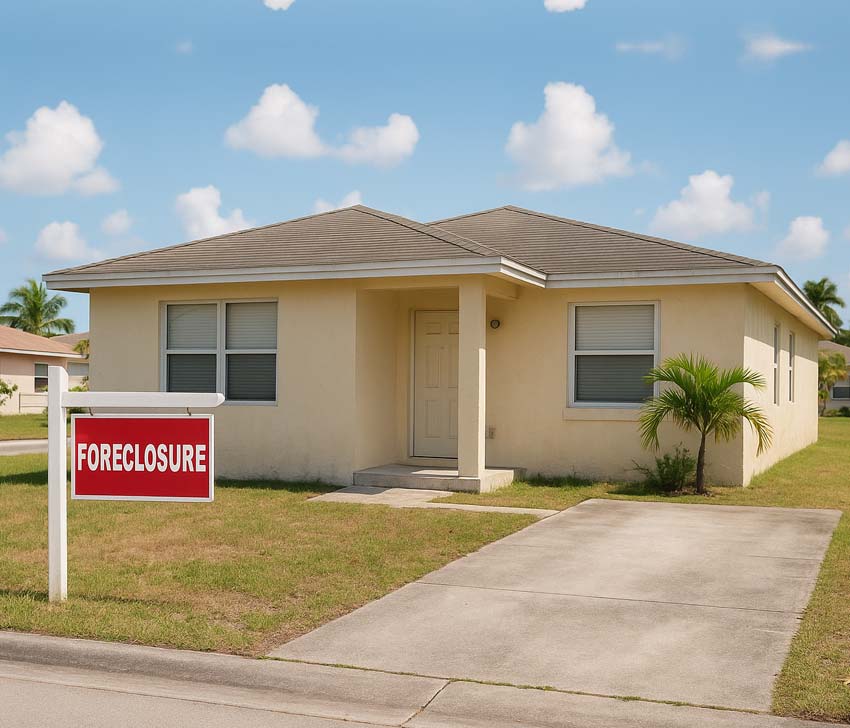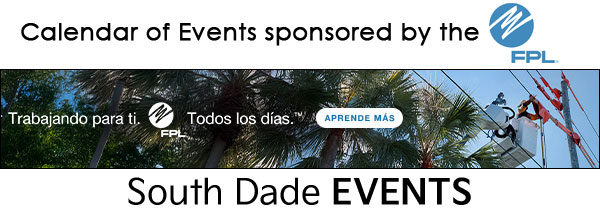Foreclosures Continue to Rise: Miami-Dade Faces Growing Pressure as Florida Leads the Nation

Foreclosures across the United States continue to climb, and Florida once again stands among the hardest-hit states. According to new data from ATTOM, October marked the eighth consecutive month of year-over-year increases in foreclosure activity, with double-digit growth in both starts and completed foreclosures.
While the national trend is concerning, Florida’s situation is even more alarming. The Sunshine State reported the highest foreclosure rate in the country, with 1 in every 1,829 housing units receiving a foreclosure filing in October. Florida also recorded the highest number of foreclosure starts—4,136 homeowners who fell 120 days or more behind on payments, triggering the legal process.
Miami-Dade: A County Under Mounting Housing Stress
Although Tampa, Jacksonville, and Orlando posted the highest metro foreclosure rates, Miami-Dade is experiencing its own escalating pressures. The county’s already-strained housing market continues to be weighed down by soaring living costs, rising insurance premiums, and rapidly increasing HOA fees.
In Miami-Dade, the foreclosure risk is amplified by:
Sharp increases in condo association (HOA) fees following the Surfside building collapse.Skyrocketing property insurance costs, driven by intensified hurricane seasons and climate-related risks.A high cost of living, which far outpaces the median local income. Experts note that while the situation is serious, Miami-Dade is unlikely to face a collapse similar to the 2008 foreclosure crisis. Still, homeowners—particularly retirees on fixed incomes—are feeling the pressure more than ever.
A Perfect Storm of Financial Strain
Many homeowners who benefited from pandemic-era forbearance programs are now facing reinstated payments that coincide with unprecedented spikes in insurance and maintenance costs. This is particularly challenging in Miami-Dade, where condos dominate the housing landscape and where required structural repairs—often running into millions—have pushed fees to historic highs.
Real estate investor Jameson Tyler Drew describes the situation bluntly: “These increases are completely unaffordable for many Florida residents, especially seniors. It has triggered a wave of forced sales as owners look for somewhere—anywhere—more affordable.”
A Buyer’s Market for Some?
Despite the challenges for owners, the growing number of foreclosures may create opportunities for strategic buyers. Foreclosed homes can offer lower price points, but they typically come with caveats: many are sold as-is, may need substantial repairs, and can carry past-due taxes or liens.Buyers are advised to work with agents experienced in foreclosure transactions and evaluate renovation costs carefully.
Florida Tops the Nation in Foreclosures
Florida is joined by South Carolina, Illinois, Delaware, and Nevada in the top five states with the highest foreclosure rates in October. Nationwide, foreclosure starts rose 20% year-over-year, signaling continued financial strain for households across the country.
As Miami-Dade monitors the growing foreclosure trend, one thing remains clear: housing stability remains one of the region’s most urgent and complex challenges.








